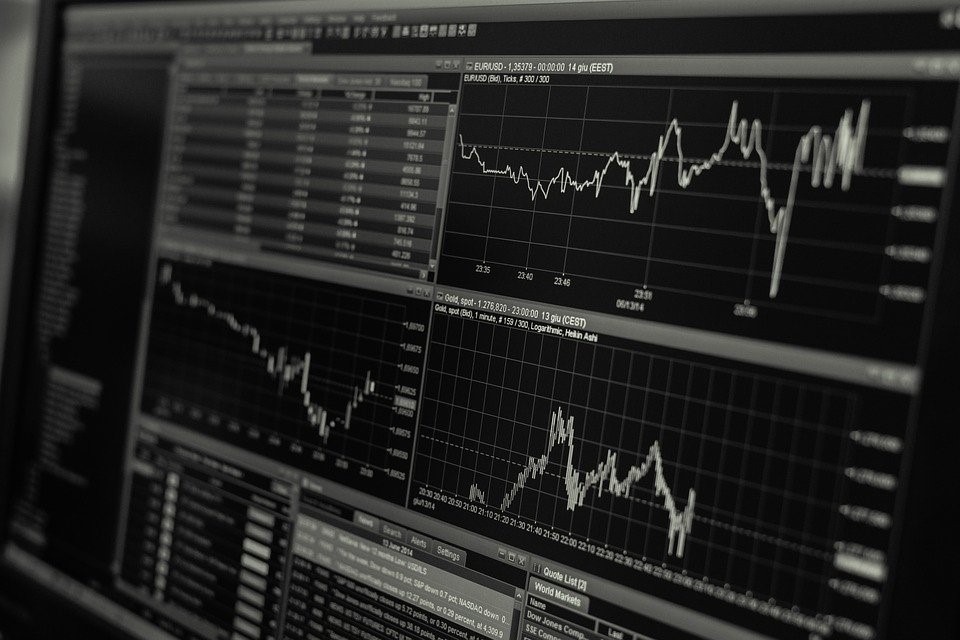The facts and figures of the forex and futures markets

Pros and cons of trading forex and futures. Source: pixabay.com
One of the main discussion points for new and budding retail traders is the choice between trading the forex and futures markets. Experienced financial traders increasingly dabble in both the forex and the futures markets, with a chance to invest across the foreign currency and stock markets simultaneously.
However, as a newcomer to the 100mph world of financial trading, it’s important to master one or the other first before adding more strings to your bow. Within this article, we’ll discuss the facts and figures of the forex and futures markets and provide you with the pros and cons of each.
What you need to know about forex
Those unfamiliar with the concept of forex trading should note that the forex markets are some of the most actively traded in the financial world. Put simply, forex trading is the trading of one fiat currency’s value against another. In the trading world, these are known as forex trading pairs, e.g. USD/GBP, EUR/GBP, or USD/JPY.
The first currency in a forex pair is known as the base currency and the second is called the quote currency. For instance, if the USD/GBP is 1.2513, you’d need to pay £1.2513 to buy one US dollar.
Pros
- The forex market is incredibly liquid, trading $5 trillion daily, making it easy to open and close trading positions.
- The forex markets are wholly decentralized and deregulated. This means that the markets operate 100% independently, without control or bias from a central exchange.
- Many forex brokers will allow their traders to use vast leverage, which means you only have to deposit a small amount to make much bigger returns. Equally the losses can escalate just as quickly.
Cons
- The volatility in the forex markets is unprecedented. Furthermore, in particularly uncertain economic and political times such as these it’s even harder to spot trends in the markets.
- It’s also very hard to determine good entry and exit points, particularly when it comes to foreign currencies and politics that you have little or no knowledge about.
- It can be time-intensive to keep track of fundamental factors that can move forex markets, e.g. breaking news stories and press conferences.

The facts and figures of the forex and futures markets. Source: pixabay.com
What you need to know about futures
Instead of trading the value of fiat currencies, futures trading gives investors a chance to speculate on the price moves of the leading stocks, indices, and commodities. The futures market is governed by contracts for difference (CFDs), which operate very differently to forex trading.
With futures trading, you are taking a contract to buy or sell an asset at a future date for a pre-agreed price. It gives traders a chance to take long-term positions on assets that are perceived to be overvalued or undervalued at the time of opening the position.
Pros
- The futures market is even more liquid than forex, trading $30 trillion daily.
- When you take out a CFD on an asset or indices, all future costs related to the trade are fixed and factored into the contract.
- High leverage ensures the great potential for profits – and losses too.
Cons
- The amount of leverage permitted in futures trading is astronomical compared with forex, making it riskier than trading forex.
- There is no industry regulation over fees or commission, so you need to be selective with the brokers you trust.
It’s true that there are similarities in the way forex and futures trading operate. Leverage can help traders to maximize profitable moves, but there is inherent risk attached to leverage too. Ultimately, it’s best to trade the markets you are most interested in and passionate about, helping you to master the markets in time.
SEE ALSO:









